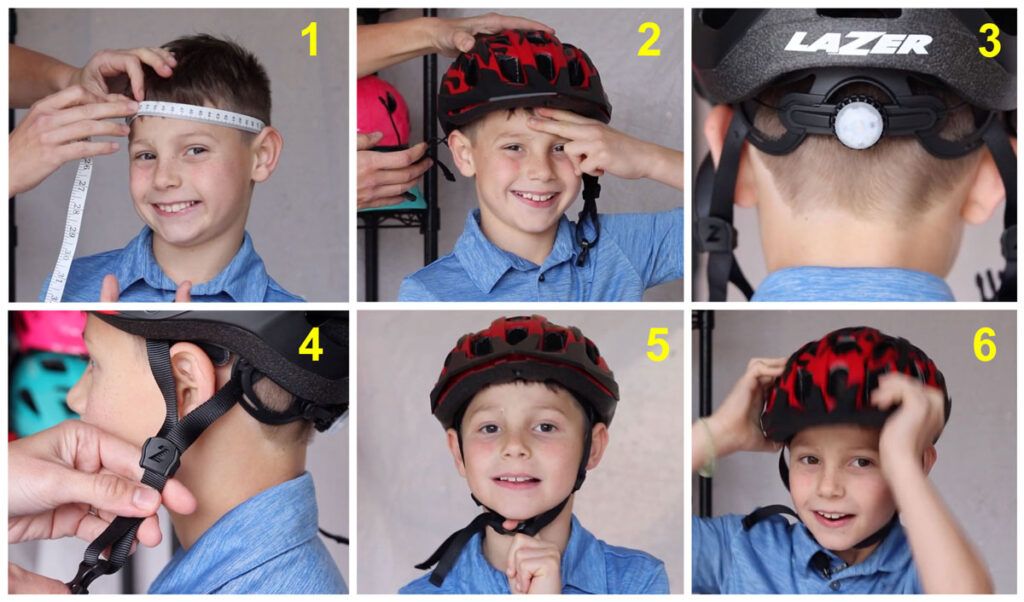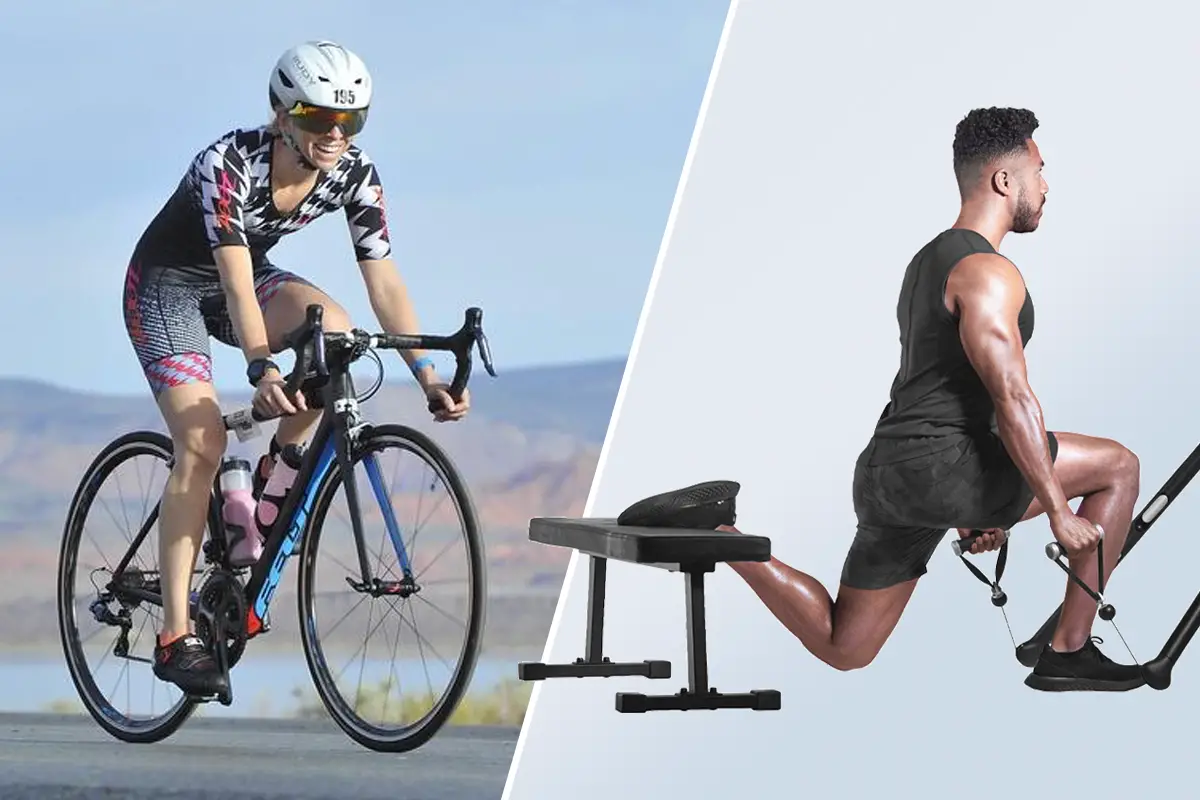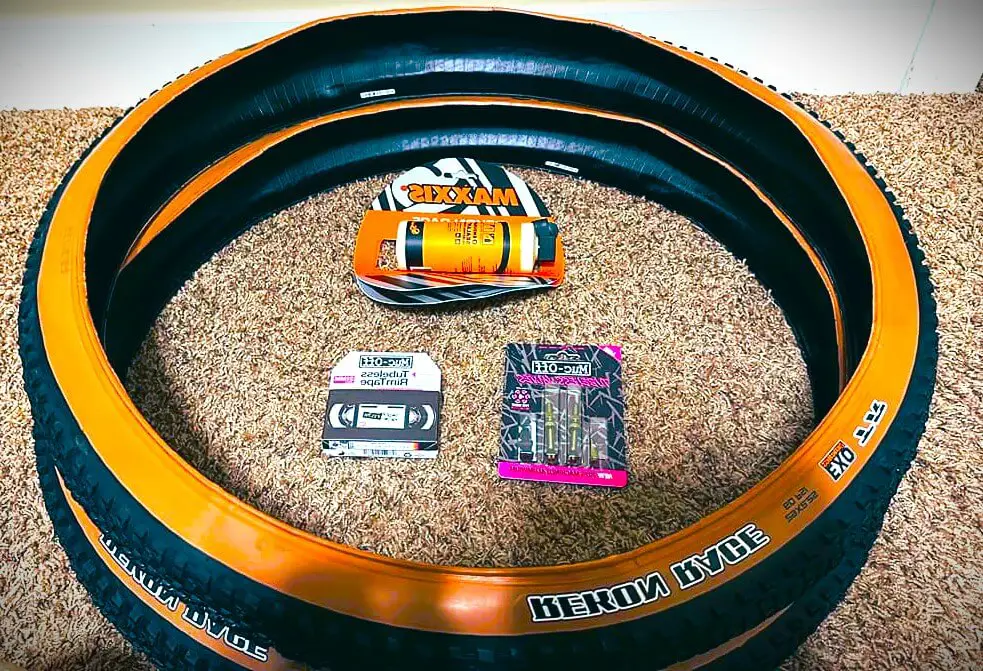Large Helmet Size Guide: Find Your Perfect Fit!
As an affiliate, we may earn from qualifying purchases. We get commissions for purchases made through links on this website. You can read more on our Affiliate Disclaimer here.
A large helmet size typically corresponds to a head circumference of 59 to 60 centimeters. It is crucial for safety and comfort when participating in activities that may involve head impacts.
Selecting the right helmet size is paramount for both comfort and protection. Your helmet must fit snugly without causing undue pressure on your skull. For individuals engaging in cycling, skateboarding, or motorcycling, a properly fitted large helmet can be the difference between a minor incident and a serious injury.
Sizing is determined by measuring the circumference of your head just above your eyebrows and using the manufacturer’s size chart as a guide. Ensuring a secure fit by adjusting straps and internal padding will maximize safety. Investing in a high-quality large helmet that meets safety standards is a wise decision for anyone with an active lifestyle. Remember to replace your helmet periodically, especially after an impact, to maintain its protective qualities.
Also Read: Helmet Expiration Date
Understand The Helmet Sizing!
Imagine riding a bike with a helmet that feels too tight or too loose. It’s uncomfortable, right? That’s why knowing your helmet size is key before hitting the road. The right helmet size not only offers maximum comfort but also ensures your safety.
Importance Of Proper Helmet Fit
Choosing the right helmet isn’t just about style; it’s crucial for protecting your head. A properly fitted helmet stays snugly in place and absorbs impact more effectively. This greatly reduces the risk of head injuries during accidents. Always aim for a snug fit that is both comfortable and secure.
Overview Of Helmet Sizes And Ranges
Different brands offer various helmet sizes. They range from XXXS for kids up to XXL for adults with larger head circumferences. Each size fits a specific head circumference range measured in inches or centimeters.
| Helmet Size | Head Circumference |
|---|---|
| XS | 20″ – 21.25″ |
| S | 21.25″ – 22″ |
| M | 22″ – 22.75″ |
| L | 22.75″ – 23.5″ |
| XL | 23.5″ – 24.25″ |
| XXL | 24.25″ – 25″ |
| XXXL | 25″ and up |
- Measure your head circumference above the ears and eyebrows.
- Consult the size chart to find your match.
Remember, the right helmet should fit snugly without causing pressure points. Ensure you can fit your index finger between the helmet strap and your chin.

Credit: www.twowheelingtots.com
Measuring Your Head For A Large Helmet
Selecting the right helmet ensures safety and comfort. For a large helmet, an accurate head measurement is crucial. Discover how to measure your head and make a wise choice for your protection.
Step-by-step Guide To Measuring Your Head
Finding your helmet size is straightforward with these steps:
- Prepare a soft measuring tape.
- Wrap the tape around your head. Place it above your eyebrows and ears.
- Record the measurement where the tape overlaps.
- Use a helmet sizing chart to find your corresponding helmet size.
Understanding Helmet Shape And How It Affects Fit
Helmet shapes vary and affect fit:
- Round Oval: Equal front-to-back and side-to-side.
- Intermediate Oval: Slightly longer front-to-back.
- Long Oval: Significantly longer front-to-back.
Match your head shape to the helmet for the best fit.
Common Mistakes To Avoid When Measuring
Ensure accuracy to avoid these errors:
- Don’t measure alone: A helper can provide a more accurate measurement.
- Avoid using a metal tape measure: A cloth or soft tape measure contours to your head better.
- Don’t measure hurriedly: Take your time to get it right.
Selecting The Right Large Helmet
Finding the perfect fit in a large helmet is crucial for safety and comfort. A well-fitted helmet can be the difference between a secure ride and an ill-protected journey. Whether for biking, motorcycling, or any other activity that warrants head protection, understanding the factors that contribute to the right helmet selection is key.
Features To Look For In A Large Size Helmet
Certain features stand out when sizing up the right large helmet.
- Shell Material: Look for high-impact materials like polycarbonate.
- Inner Lining: EPS foam linings are essential for impact absorption.
- Ventilation: Ample air inlets and outlets ensure breathability.
- Safety Certifications: Helmets should meet DOT, Snell, or respective standards.
- Weight: A lighter helmet reduces neck strain over extended wear.
Comparing Different Brands For Large Helmets
Purchasers often find themselves comparing helmets across different brands.
| Brand | Shell Material | Weight | Certifications | Ventilation |
|---|---|---|---|---|
| A Brand | Polycarbonate | Medium | DOT, Snell | High |
| B Brand | Carbon Fiber | Light | DOT, ECE | Medium |
| C Brand | Fiberglass | Heavy | DOT, ECE, Snell | Low |
Adjustment Features And Customization Options
Large helmets often come with various adjustment features.
- Retention System: Check for ratchet or dial adjusters for a snug fit.
- Padding: Removable and washable padding offers better hygiene and fitment.
- Visor Adjustments: Tool-less visor swaps can be practical.
- Chin Straps: Adjustable straps enhance stability and comfort.
Many manufacturers also offer replacement parts. A helmet that supports customization can cater to the specific needs of every individual.
Trying On And Assessing Fit
Finding the right helmet size is crucial for comfort and safety. A helmet that fits well will protect you better. Here’s how to ensure a proper fit for a large helmet size.
How To Properly Try On A Helmet
Begin by measuring your head at the widest part, usually just above your eyebrows. Use a flexible measuring tape. Check the helmet’s size chart. Select a helmet close to your head size. Follow these steps:
- Place the helmet evenly on your head.
- Adjust the straps and tightening mechanism.
- Check for any pressure points.
- Ensure the helmet sits level on your head.
- Secure the chin strap properly.
Shake your head to test the helmet’s stability.
Signs That You’ve Found The Correct Fit
A well-fitting helmet should feel snug but not too tight. Look for these signs:
- Helmet does not move when you shake your head.
- Even pressure is felt across your head.
- The chin strap holds the helmet firmly.
- No discomfort or pressure points are present.
- Vision is not obstructed.
Troubleshooting Common Fit Issues
Sometimes helmets might feel a bit off. Here’s how to fix that:
| Issue | Fix |
|---|---|
| Too tight around the sides | Try loosening the side straps. Consider a larger size. |
| Pressure points on the forehead | Adjust the helmet’s interior padding. |
| Helmet shifts while shaking head | Tighten the chin strap. Check the adjusting mechanisms. |
| Chin strap irritates the skin | Look for helmets with padded straps. |
Maintenance And Care For Large Helmets
Ensuring the longevity of a large helmet goes beyond the immediate comfort and fit.
Regular maintenance not only extends its life span but also keeps protection levels high.
Let’s dive into the essentials of keeping your large helmet in top condition.
Routine Maintenance Tips
Practicing consistent upkeep will keep your large helmet looking great and performing even better. Here’s how:
- Clean the exterior with mild soap and warm water.
- Wipe the inside with a moisture-wicking cloth to eliminate sweat.
- Inspect for damage such as cracks or dent, regularly.
- Ensure no harsh chemicals come in contact with your helmet.
When To Replace Your Helmet
A helmet isn’t a lifetime investment. Recognize the signs that it’s time for a new one:
- After any significant impact, even if no damage is visible.
- If the helmet has any cracks, dents, or rips.
- When interior padding can’t regain its form.
- Every three to five years, due to material degradation.
Storing Your Large Helmet To Preserve Fit
Proper storage is crucial for maintaining your helmet’s shape and fit:
- Avoid exposure to excessive heat or cold.
- Keep it in a cool, dry place out of direct sunlight.
- Use a helmet bag to prevent scratches and dings.
- Do not store heavy items on top of or inside the helmet.

Credit: www.amazon.com
Safety Standards And Certifications
Choosing the right helmet is crucial for your safety on the road or trail. For those needing a large helmet size, understanding safety standards and certifications is key. This section dives into the importance of helmet safety ratings and certifications, ensuring that your purchase not only fits comfortably but also offers maximum protection.
Understanding Helmet Safety Ratings
Helmets must pass rigorous tests to earn safety ratings. These tests simulate impacts, strap strength, and penetration. A helmet’s ability to protect you depends on these ratings. Ratings vary globally, with different standards for each region.
- DOT – Used in the USA for motorbike helmets.
- ECE 22.05 – Recognized in over 50 countries, mainly in Europe.
- Snell – A voluntary standard offering more severe testing.
Certifications Relevant To Large Helmets
Large helmets must meet standard certifications to ensure safety. Look for certifications on the label inside the helmet. Not all large helmets meet every certification. Choose one that fits your head and meets one or more certifications.
| Size | DOT | ECE | Snell |
|---|---|---|---|
| Large | Yes/No | Yes/No | Yes/No |
The Role Of Safety Standards In Helmet Sizing
Safety standards influence helmet design, including sizing. Manufacturers must ensure each size complies with the same protection standards. This means a large helmet undergoes the same tests as a medium or small. Sizing affects comfort but not the level of protection a certified helmet provides.
Proper fit is essential. A helmet that is too loose might not protect well. A helmet that’s too tight can be uncomfortable. Always measure your head and consult the size chart. Take into account the safety rating that suits your needs.
Special Considerations For Specific Activities
Choosing the right helmet for your activity is crucial for safety and comfort. Special activities require special considerations, especially when it comes to finding large helmets.
Differences In Large Helmets For Various Sports
Not all large helmets are the same. Different sports have different risks and safety requirements. Here’s what to look for:
- Biking helmets offer lightweight protection and good ventilation.
- Motorcycle helmets provide robust impact protection and often include visors.
- Football helmets come with face guards and shock-absorbing padding.
- Skiing and snowboarding helmets need to be both warm and padded against falls.
Custom And Specialty Large Helmets
For those with unique head shapes or sizes, custom helmets are the answer. They ensure a perfect fit. Custom helmets often come with:
- Advanced measuring for precise fit.
- Options to add personal style.
- Materials tailored for specific sport needs.
Impact Of Additional Gear On Helmet Size And Fit
Helmets must fit well, even with extra gear. For example, glasses, goggles, or headlamps can affect helmet size:
| Gear | Considerations |
|---|---|
| Glasses | Choose helmets with more room at the sides. |
| Goggles | Look for helmet-compatible strap designs. |
| Headlamps | Ensure helmets have clips or straps for secure attachment. |
Keep these tips in mind for a safe and comfortable large helmet experience.

Credit: shop.s1helmets.com
Frequently Asked Questions Of Large Helmet Size
What Is The Average Size Of A Helmet For Adults?
The average adult helmet size ranges from 54cm to 61cm, corresponding to small through extra-large sizes. Always measure your head circumference to ensure the best fit.
How Can I Know My Helmet Size?
To determine your helmet size, measure your head circumference just above your eyebrows. Compare this measurement with the manufacturer’s sizing chart. Ensure a snug fit, allowing for comfort and secure placement. It’s essential to try on the helmet to confirm the correct size.
What Size Helmet Do I Need For A 22 Inch Head?
For a 22-inch head, a size Medium helmet is typically the right fit. Always check the manufacturer’s sizing chart for the best accuracy.
How Big Is An Xl Football Helmet?
An XL football helmet typically fits head sizes ranging from 7. 5 to 7. 625 inches in diameter, designed for players with a hat size between 7 3/8 and 7 1/2.
Related Post:
Conclusion
Selecting the right large helmet is crucial for both comfort and safety. Be sure to measure your head, consider the helmet’s features, and check reviews before buying. With the correct fit, your riding experiences will be safer and more enjoyable.
Always prioritize fitment and quality for the best protection.

Steven is a professional cyclist and his passion is cycling. He has been cycling for the last 6 years and he loves using bikes while outing as well. Based on his experiences with the different types of bikes; he is sharing his opinions about various bikes so that a beginner can start right away. Find him on Twitter @thecyclistguy Happy Biking.




